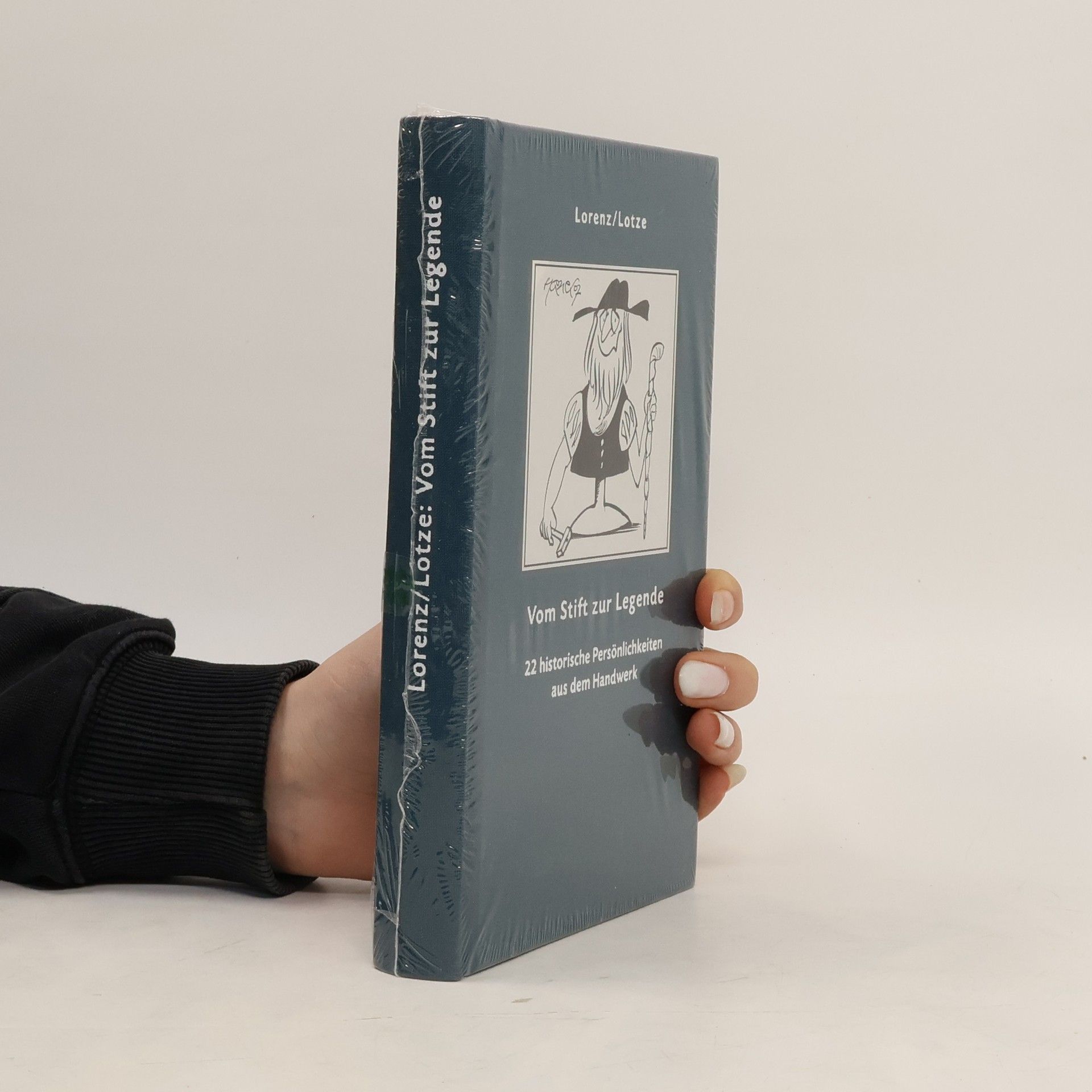Vom Stift zur Legende
22 historische Persönlichkeiten aus dem Handwerk


22 historische Persönlichkeiten aus dem Handwerk
Das Handbuch zur Regensburger Verbundklassifikation (RVK) ist unverzichtbar und wird angesichts des jahrelangen Bestehens dieser Klassifikation, der großen und weiter wachsenden Zahl ihrer Anwender und ihrem – auch supranational – zunehmenden Bekanntheitsgrad auf neuem Stand benötigt. Daher wird das Handbuch nun in zweiter, überarbeiteter Auflage vorgelegt. Diese Publikation entspricht auch dem Interesse vieler Institutionen an ihrer Bibliothek, vor allem soweit sie sich als Freihandbibliothek im Sinne einer Bestands- und Wissensrepräsentation erweist. Zweifellos bildet die RVK für die moderne Klassifikationspraxis und die Umsetzung der notwendigen Prinzipien ein wesentliches Paradigma. Die einzelnen Fachsystematiken der RVK sind im Handbuch unterschiedlich ausführlich dargestellt und sollen auch in ihrem jeweils verschiedenen Umfang über die Jahrzehnte hin, durchaus differierende Anforderungen der Verbundpartner bei der Optimierung zeigen.